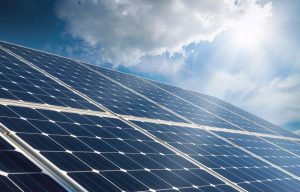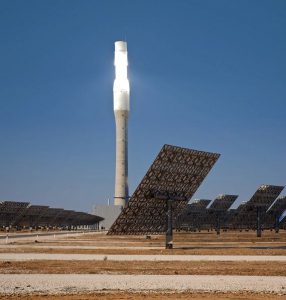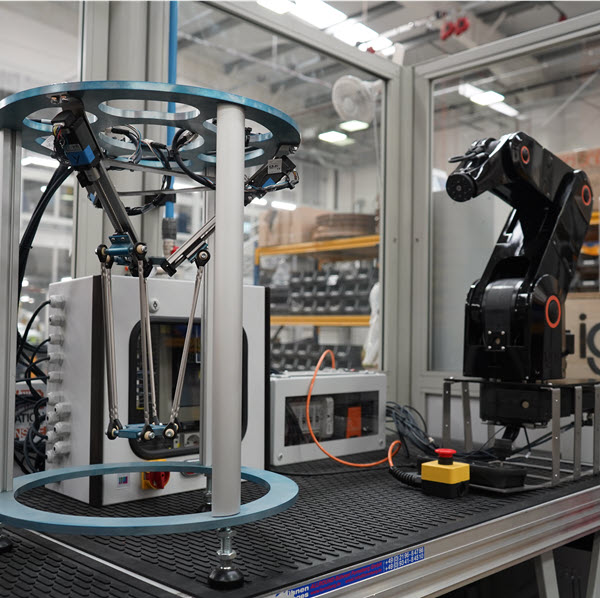How does space based solar power work?
Solar power is one of the world’s fastest growing renewable energy solutions and you could make some serious savings on your electricity bills just by installing solar panels. Around 1.28 million homes have solar installations as of February this year and plans for expansion are now extending to space!
A UK startup, Solar space, has had a breakthrough in planning to use solar energy from space.

What is space based solar power?
To make this concept a reality, energy must be captured directly from the sun by satellites using solar panels. Power is then transported via microwaves to receiver stations on earth where it is converted into electricity.
Space Solar is designing a satellite system consisting of mirrors and solar panels. There will be a solar farm located around 35,000 km above the equator and from there it will follow the Earth’s rotation, constantly facing the Sun in order to keep collecting energy.
Read about this in more depth here.
Benefits of space based solar power
Solar panels in space are able to gather far more energy than on Earth as they’re not restricted by the atmosphere, so the intensity of sunlight is much greater. Space based solar power farms could also beam energy from space 24 hours a day, regardless of the weather on the ground, making them a reliable source to take energy from.
Once established, satellites across the world could generate around 2GW of round-the-clock electricity, enough to power more than one million homes. In comparison, on earth it would take more than six million solar panels to generate even near to the same amount, according to ESA, so this is a step in the right direction for solar power to be optimised.
Why we aren’t there yet?
While this is an exciting innovation, we’re still a way off having entirely functional space based solar power farms. One of the many setbacks to this plan is how costly the project is. In fact, the cost is estimated to be about 100 times too high to compete with current utility costs. There are many expenses to factor in such as transport for all the materials in space craft that are not yet reusable.
So, not only is it expensive to have solar panels of the right quality, but the additional materials needing to be transported are also expensive. Even on earth, solar panels can require a steep initial investment that can be a deterrent to many.

Solar power at igus®
Solar power is a great source of renewable energy and being able to generate it from sustainable sources requires reliable and durable technological solutions. In the process of generating solar power, systems are often exposed to extreme environmental conditions and have to withstand this for years.
Read more on renewable energy sources here.

Tailored to the specific system, we can offer special solutions made of high-performance polymers, which can help you improve your technology, optimise your system and reduce costs. Solar panel “tracker” systems need reliable bearings, and igus is well proven in this application. Whether it’s a standard or customised part, we can find the right bearing solution for your system that is resistant to dirt, UV radiation and temperature and is lubrication and maintenance-free.
To learn more about how our products perform against the elements take a look at our other blog here.
Concerning space based technology, igus® is well-versed in designing products for this industry also. We have a range of energy chains and cables made specifically for aerospace technology and the prospect of being involved in space based solar power would use many areas of igus® expertise. This is definitely an area of exploration to look into!



